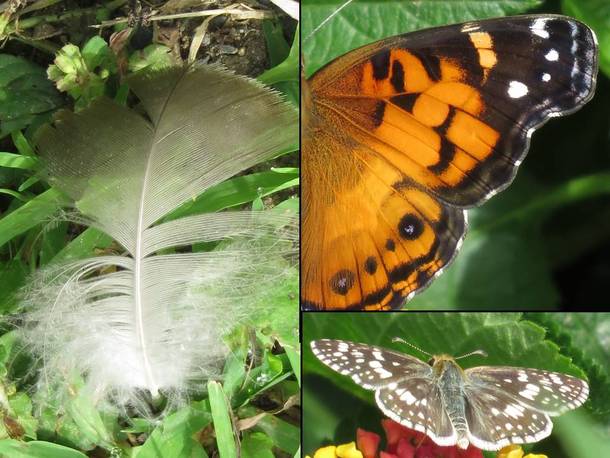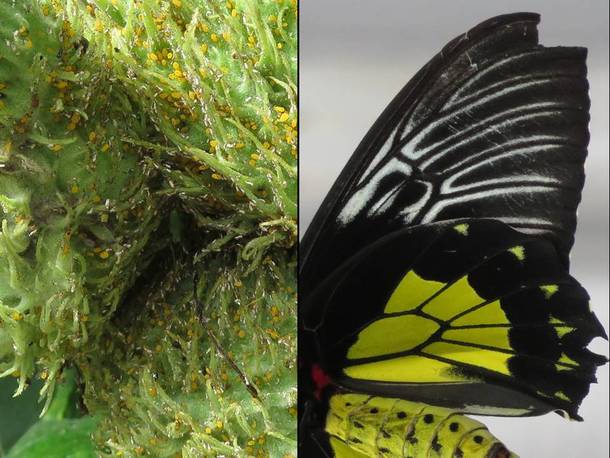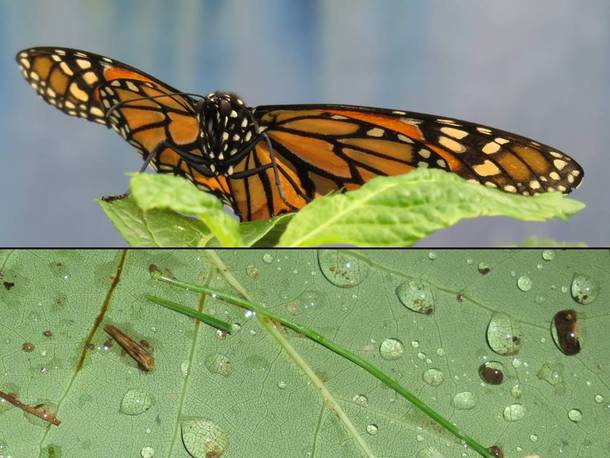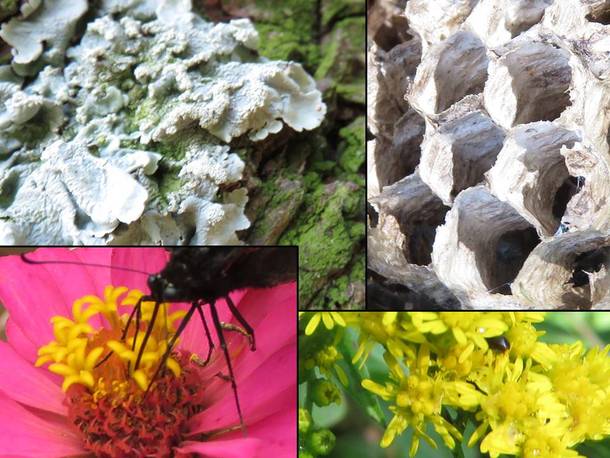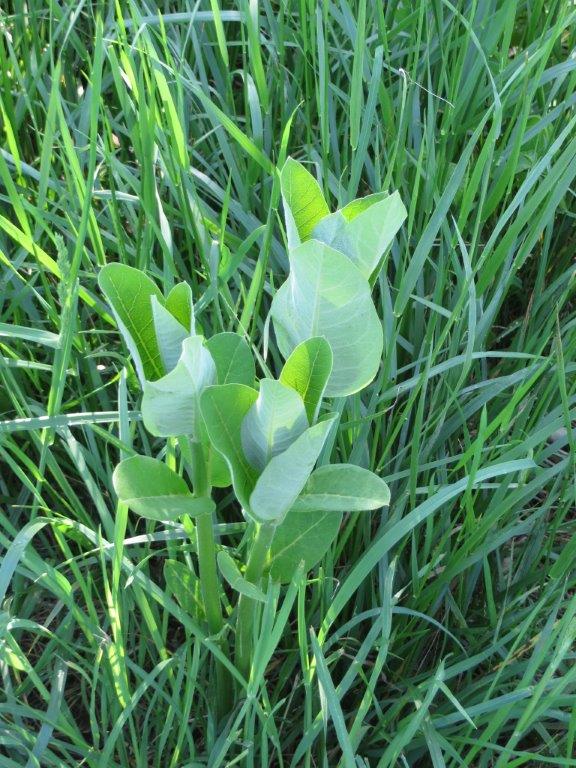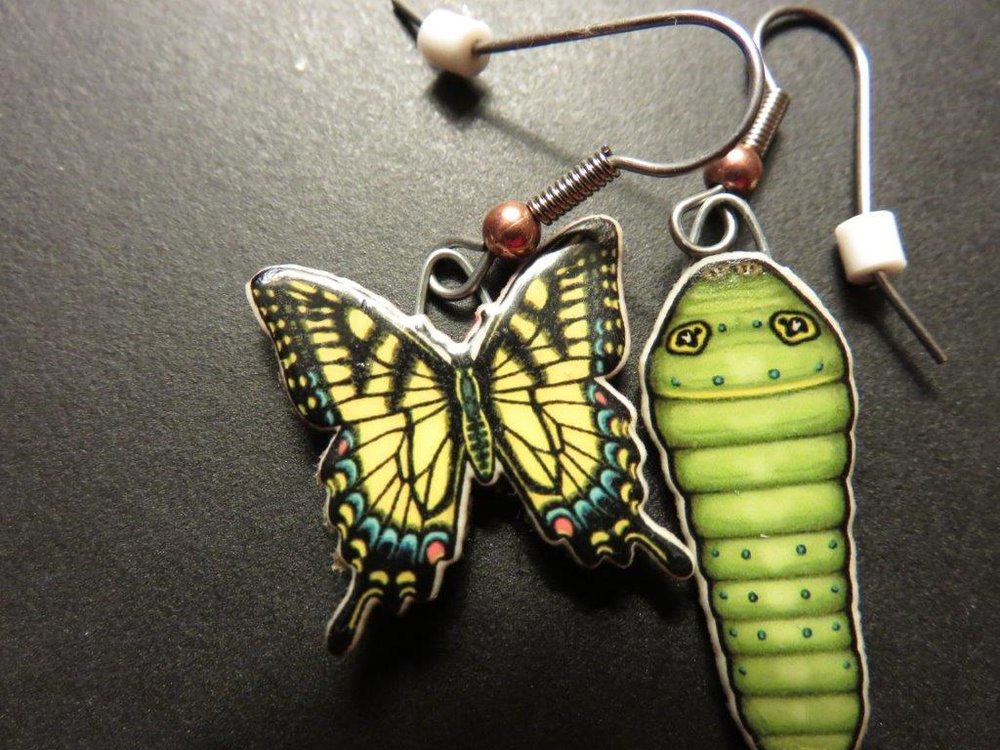Yesterday I lead a Nature Photograph Introduction for summer campers at Belmont Manor and Historic Park. It was an exciting and gratifying volunteer gig - exceeding my expectations in just about every way. I worked with 5-8 year olds in the morning and 9-12 year olds in the afternoon. The campers became so engaged in taking photographs that they were surprised when it was time to stop! And they took some excellent pictures.
I used 8 pictures to introduce nature photography before we hiked into the forest - tailoring the discussion a little for the age group but both groups had a lot to say about each image and used some of the ideas in their photographs during our hike. I’m including the ‘priming’ images in this post and a few notes about how I talked about them.
Image 1: What story does this picture tell? Concepts: leading line (path), foreground/background, person for scale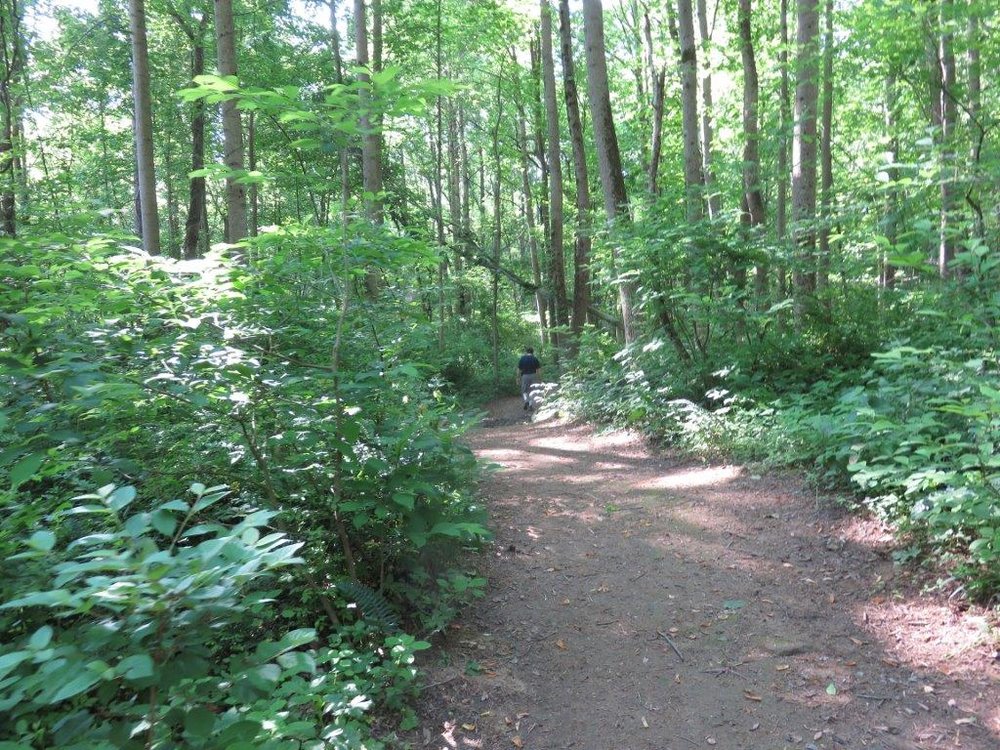
Image 2: How was this picture taken? (Remember you don’t have to always point the camera straight ahead or down!). Concepts: bright spots, attention to light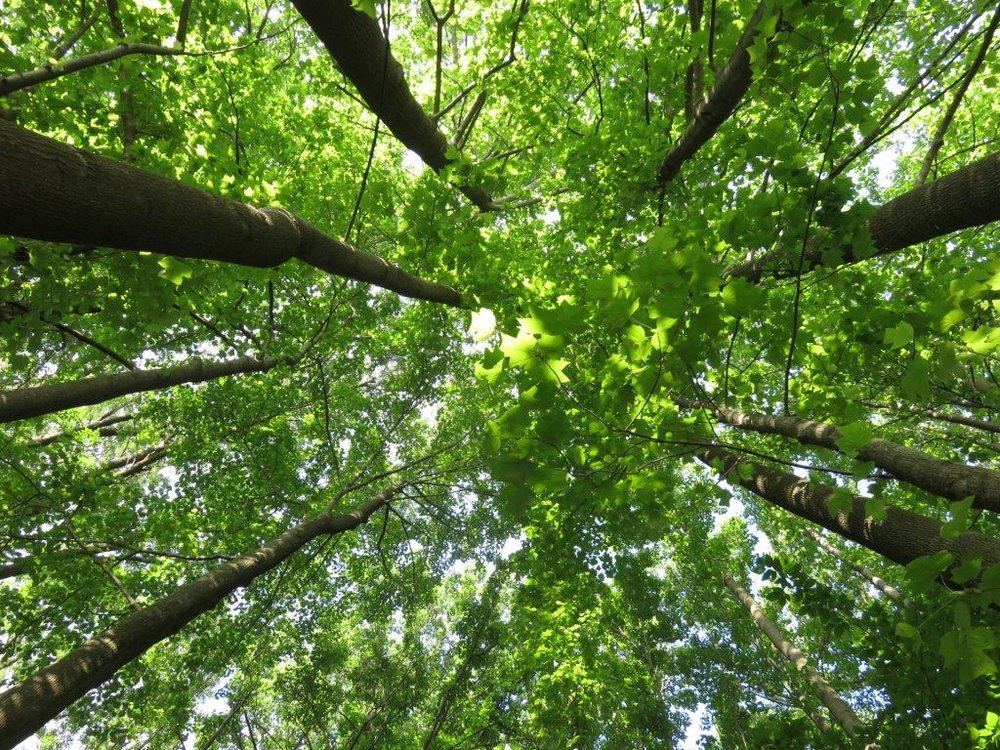
Image 3: What is this? (birds nest fungus) Concepts: scale…approaching macro photography…get as close as your camera will focus, different stages of fungus development in the same image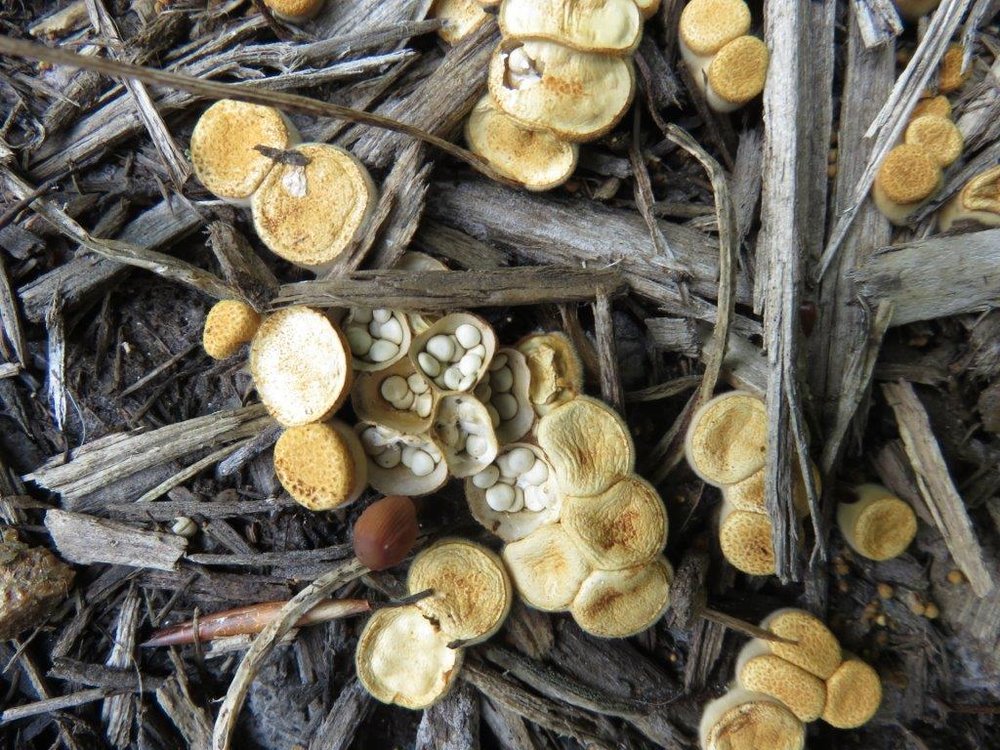
Image 4: What is it? (blue bird) Concepts: zooming, introduce possibility of cropping (older group)
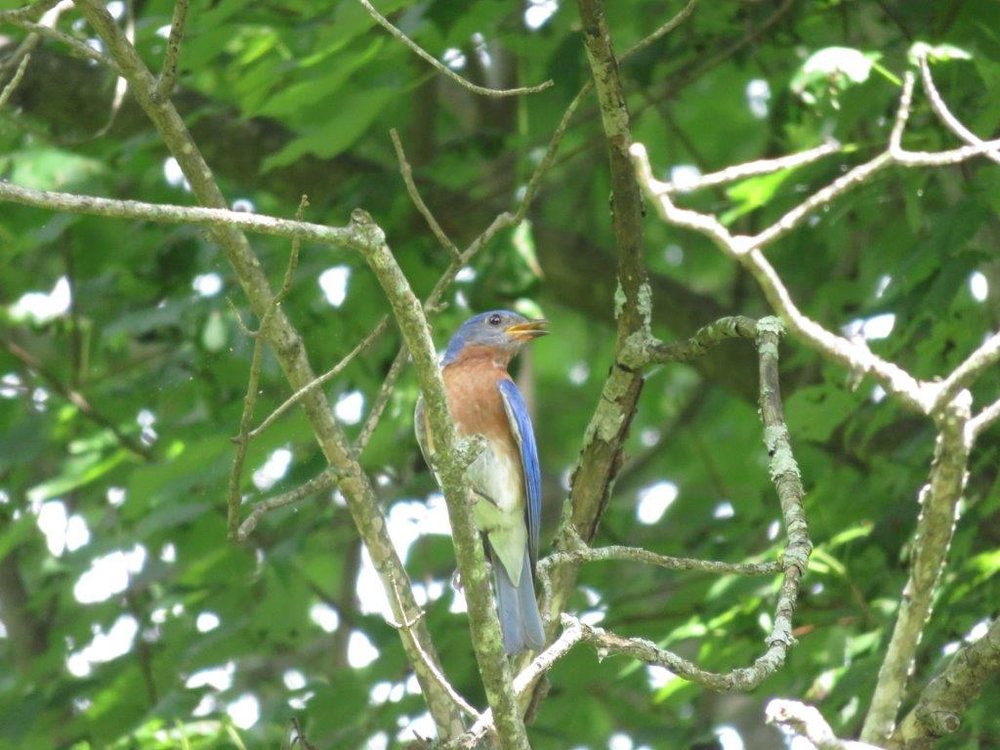
Image 5: What is the butterfly doing? Concepts: photograph butterflies when they are still (eating or drinking), zooming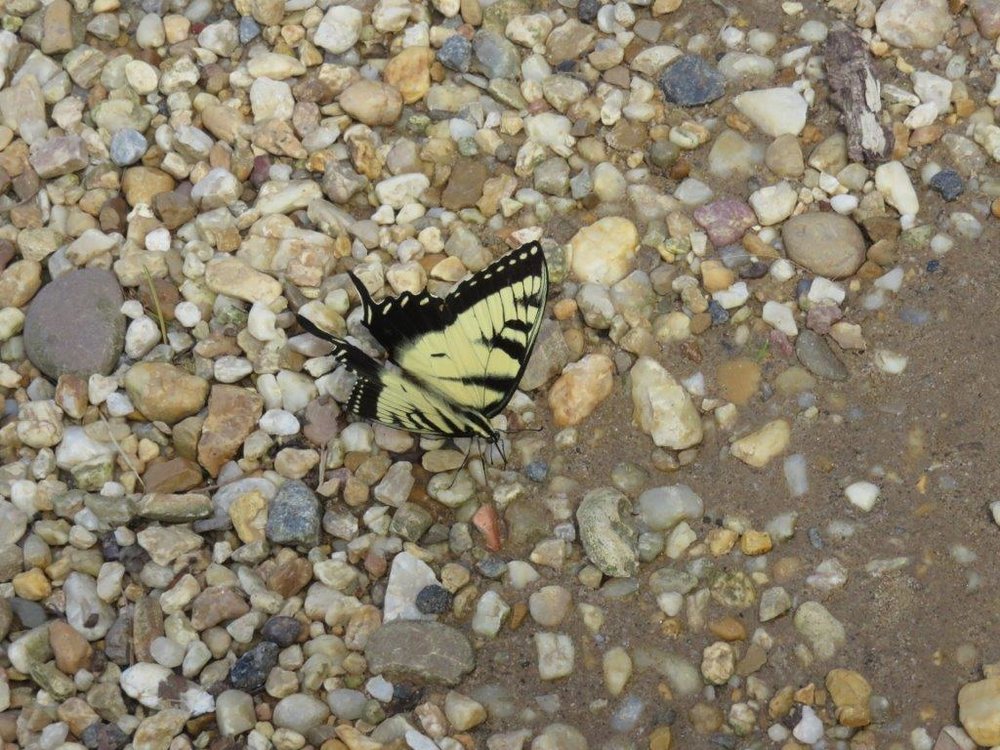
Image 6: What is it? (blue jay feather) Concepts: photographing things you shouldn’t pick up, get as close as your camera will focus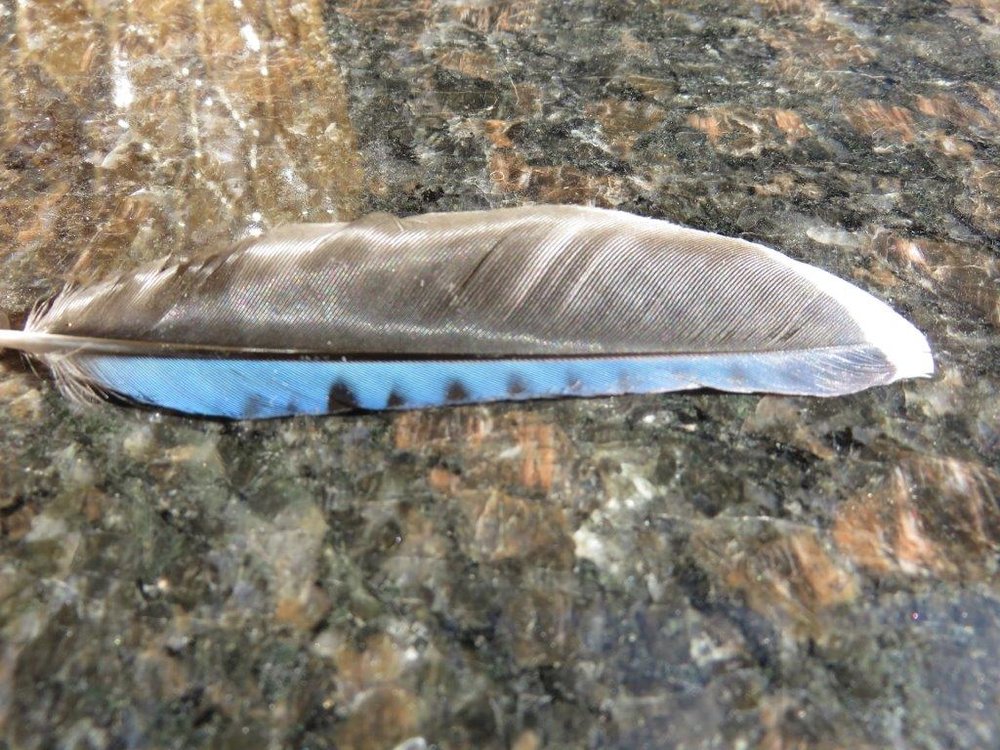
Image 7: What is it? (mouse ears) Concepts: get as close as you can, if you want to identify the flower later - take pictures from several perspectives and at least one that includes the entire plant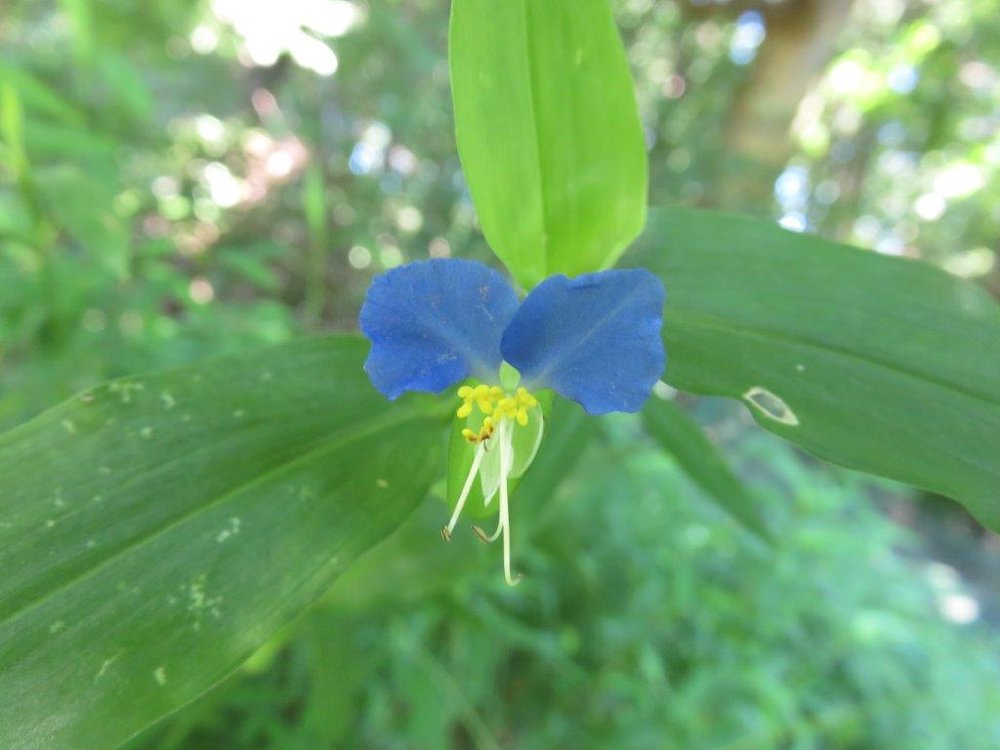
Image 8: Let’s review some concepts - light (some overload)…leading line…hints of color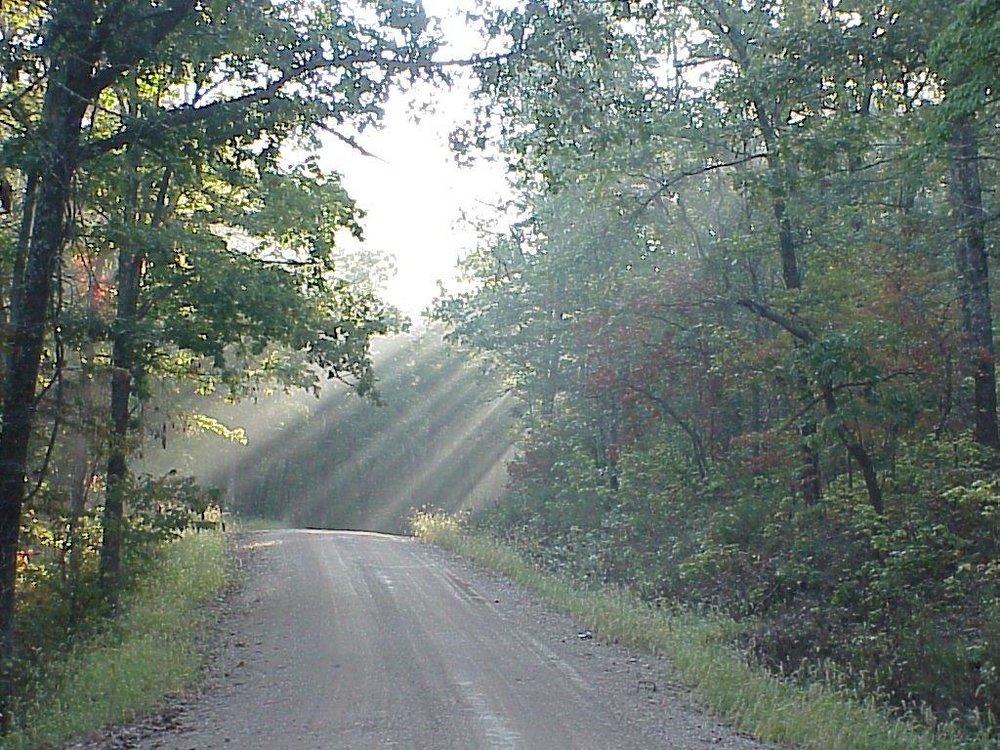
Then we reviewed how to hold the camera (strap around the wrist at all times), how to turn it on and take a picture, and how to zoom…..how to hold the camera while we were walking (turned off, camera in hand, strap around wrist).
And then we were hiking and finding a lot of the natural environment to photograph!



